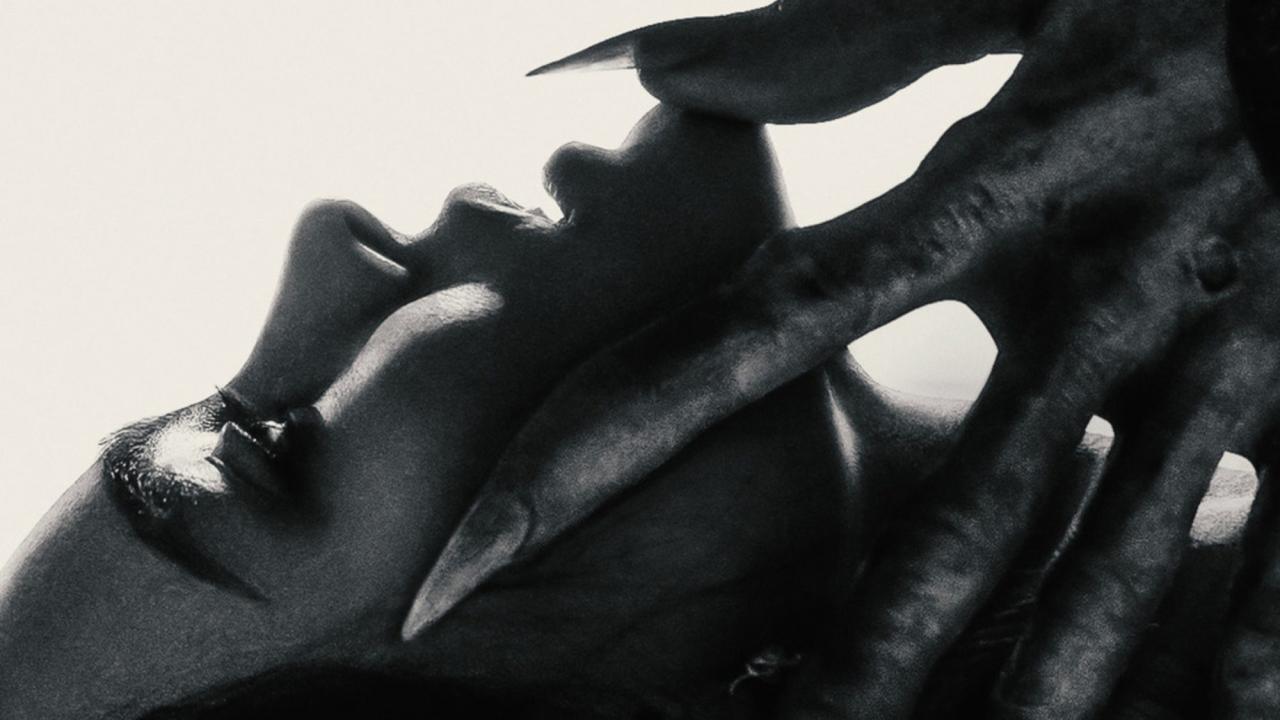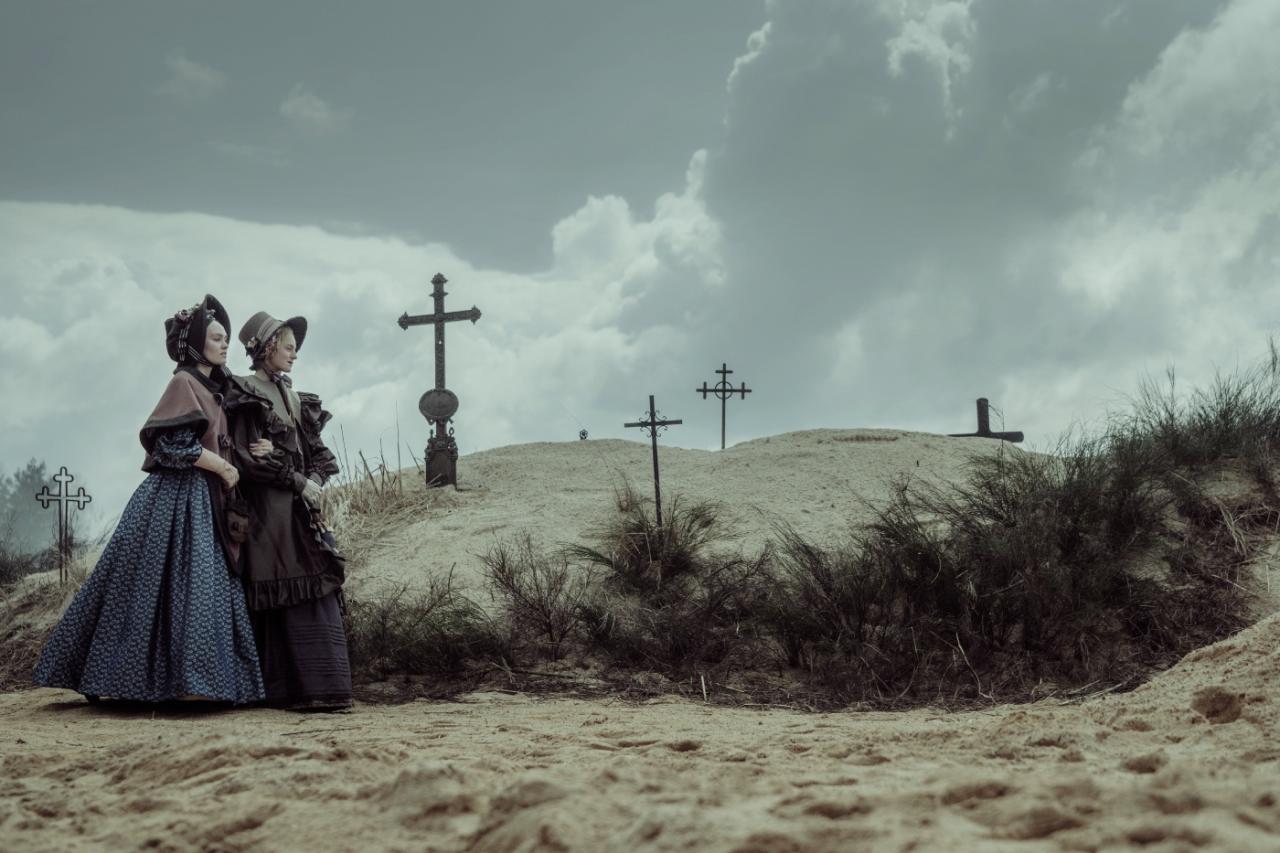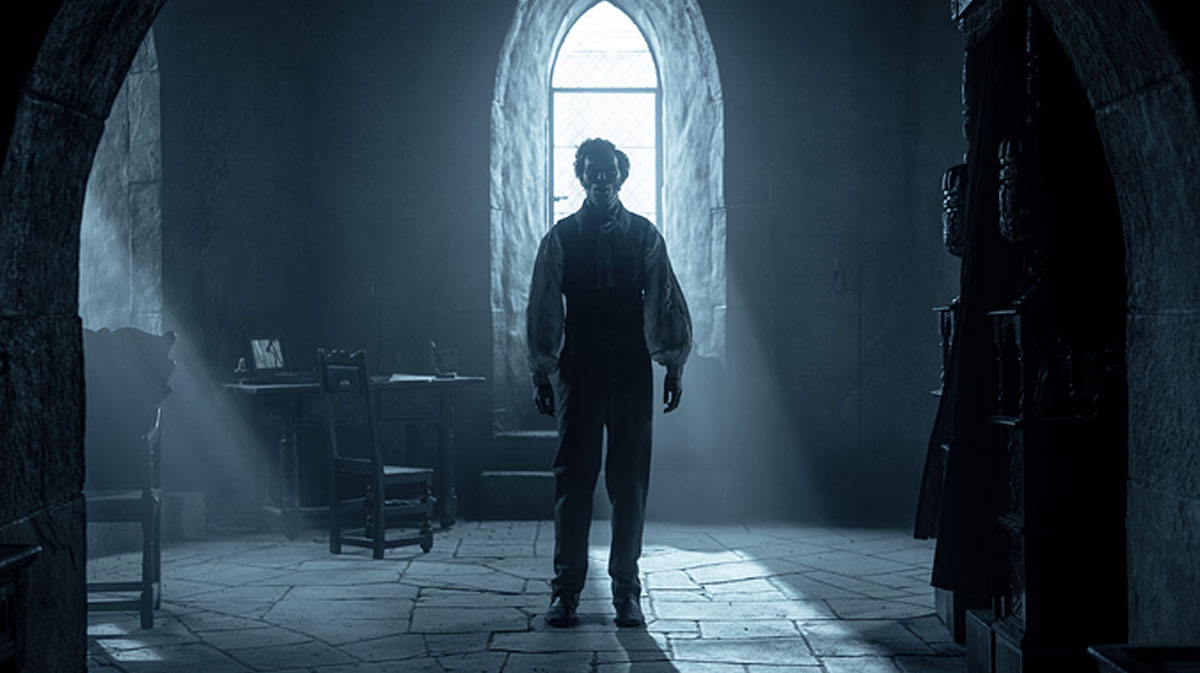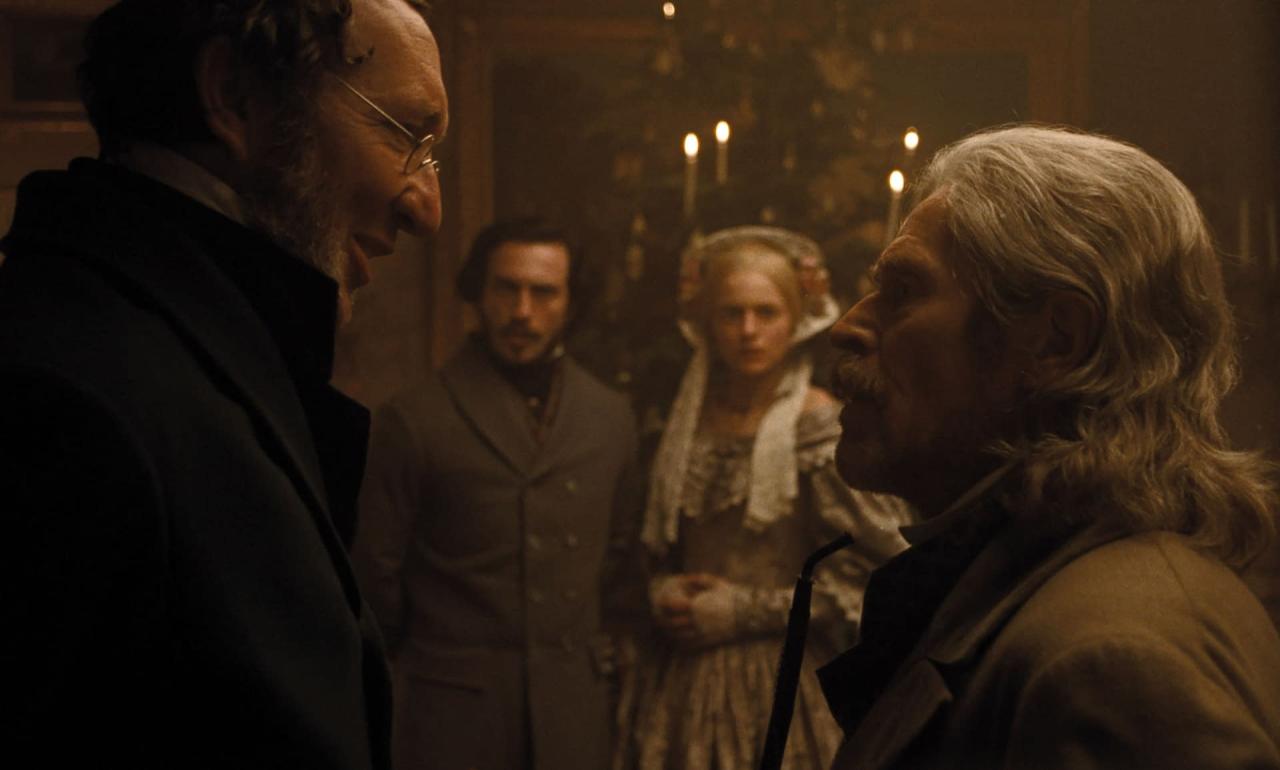In this nosferatu review, we delve into the enduring legacy of F.W. Murnau’s seminal 1922 film, Nosferatu, a cinematic masterpiece that has profoundly influenced the horror genre and continues to captivate audiences to this day.
From its haunting visuals and atmospheric cinematography to its exploration of timeless themes and its iconic portrayal of Count Orlok, Nosferatu remains a cornerstone of cinematic history, inspiring countless filmmakers and shaping the very fabric of the horror genre.
Nosferatu’s Enduring Impact
Nosferatu, the 1922 German Expressionist horror film directed by F.W. Murnau, has had a profound and lasting impact on the horror genre. Its unique aesthetics, haunting atmosphere, and unforgettable characters have influenced generations of filmmakers and continue to inspire and terrify audiences to this day.
One of the most striking aspects of Nosferatu is its groundbreaking use of visual effects. Murnau’s innovative camerawork, lighting, and editing techniques created a truly immersive and unsettling experience for viewers. The film’s iconic images, such as the silhouette of Count Orlok’s shadow on the wall and the haunting close-up of his piercing eyes, have become synonymous with the horror genre.
Influence on Subsequent Horror Cinema
Nosferatu’s influence can be seen in countless subsequent horror films. The film’s Expressionist style was adopted by many German filmmakers in the 1920s and 1930s, including Fritz Lang and Robert Wiene. Its use of shadows, distorted perspectives, and exaggerated makeup became a staple of the horror genre.
- Universal Monsters:The Universal Monsters series of the 1930s and 1940s, including Dracula, Frankenstein, and The Wolf Man, was heavily influenced by Nosferatu’s Expressionist style and themes.
- Hammer Horror:The British Hammer Horror films of the 1950s and 1960s, such as The Curse of Frankenstein and Dracula, also drew inspiration from Nosferatu’s atmospheric visuals and Gothic overtones.
- Modern Horror:Contemporary horror filmmakers such as Guillermo del Toro and Robert Eggers have cited Nosferatu as a major influence on their work. Del Toro’s Pan’s Labyrinth (2006) and Eggers’ The Witch (2015) both exhibit the influence of Nosferatu’s Expressionist aesthetics and dark themes.
Beyond its visual impact, Nosferatu’s themes of isolation, fear, and the supernatural have also had a lasting impact on horror cinema. The film’s exploration of the psychological effects of terror and the darkness that can lurk within the human soul has resonated with audiences for generations.
Visual Analysis of Nosferatu
Nosferatu’s visual style is a masterpiece of German Expressionism, creating an eerie and haunting atmosphere that sets it apart from other horror films of its time.
The film’s distinctive cinematography, lighting, and editing techniques contribute to its enduring impact.
Lighting, Nosferatu review
Lighting plays a crucial role in establishing the film’s atmosphere. The use of chiaroscuro, with stark contrasts between light and shadow, creates a sense of mystery and unease.
In the iconic scene where Nosferatu emerges from his coffin, the play of light and shadow on his face and body emphasizes his monstrous nature.
Camerawork
The camerawork in Nosferatu is equally effective in creating suspense and atmosphere. The use of slow, gliding camera movements adds to the film’s dreamlike quality, while the frequent use of close-ups and extreme close-ups intensifies the viewer’s emotional response.
The iconic shot of Nosferatu’s shadow approaching the sleeping Lucy is a perfect example of the film’s effective use of camerawork.
Editing
The editing in Nosferatu is masterful, contributing to the film’s fast-paced and suspenseful atmosphere. The use of jump cuts and cross-cutting creates a sense of urgency and disorientation.
The scene where Nosferatu chases Lucy through the streets of Wisborg is a prime example of the film’s effective editing.
Character Study of Count Orlok
Count Orlok, the enigmatic and terrifying vampire at the heart of Nosferatu, is a character that has left an enduring mark on the horror genre. His motivations are shrouded in mystery, driven by an insatiable thirst for blood and a longing for companionship.
The actor Max Schreck’s unforgettable performance brought Orlok to life, creating a character that is both repulsive and oddly sympathetic.
Orlok’s Appearance and Demeanor
Orlok’s appearance is striking and unforgettable. His gaunt features, sharp teeth, and piercing eyes convey a sense of ancient evil. His long, flowing cloak and pointed ears add to his otherworldly aura. Orlok’s movements are slow and deliberate, creating a sense of menace and dread.
Themes and Symbolism in Nosferatu: Nosferatu Review
F.W. Murnau’s Nosferatuis a masterpiece of German Expressionist cinema that explores profound themes through striking imagery and symbolism. The film delves into the nature of fear, isolation, and the supernatural, using visual elements to convey these concepts in a haunting and unforgettable way.
Symbolism of the Vampire
Count Orlok, the vampire at the center of the film, is a powerful symbol of fear and the unknown. His elongated features, sharp teeth, and piercing gaze evoke a sense of dread and revulsion. His nocturnal nature and ability to transform into a bat represent the darkness and mystery that lurk within the human psyche.
Isolation and Loneliness
The film also explores the theme of isolation and loneliness. Jonathan Harker’s journey to Orlok’s castle is a metaphor for the alienation and vulnerability that can come with leaving one’s familiar surroundings. Orlok’s castle itself is a symbol of isolation, cut off from the outside world and shrouded in darkness.
The Supernatural and the Unknown
Nosferatuis steeped in the supernatural, with Orlok’s vampirism representing the unknown and the uncontrollable. The film’s use of shadows, distorted angles, and dreamlike sequences creates an atmosphere of unease and uncertainty, reflecting the characters’ fear of the unknown.
Setting and Atmosphere
The film’s setting and atmosphere play a crucial role in conveying its themes. The desolate landscapes and eerie castle create a sense of isolation and foreboding. The use of chiaroscuro lighting and Expressionist architecture emphasizes the contrast between light and darkness, mirroring the struggle between good and evil.
Cultural Context of Nosferatu
Nosferatu was created during a period of great social and political upheaval in Germany. The film’s dark and expressionistic style reflected the anxieties and fears of the time. It was a time of economic instability, political unrest, and the rise of fascism.
Nosferatu was part of a larger movement in German art and culture known as Expressionism. Expressionism was a reaction against the realism and naturalism of the 19th century. Expressionist artists sought to express their inner emotions and subjective experiences through their work.
German Expressionism
Nosferatu is a prime example of German Expressionism. The film’s use of distorted images, exaggerated gestures, and dreamlike atmosphere creates a sense of unease and dread.
Nosferatu’s visual style was influenced by a number of other art forms of the time, including painting, sculpture, and theater. The film’s sets were designed to create a sense of claustrophobia and oppression. The actors’ performances were often exaggerated and stylized.
Reception and Impact
Nosferatu was a critical and commercial success upon its release. It was one of the first horror films to be made, and it helped to establish the genre. The film has been praised for its innovative visuals and its powerful atmosphere.
Nosferatu has had a lasting impact on popular culture. The film has been referenced in numerous other works of art, including films, television shows, and music videos. It is considered one of the greatest horror films ever made.
Comparative Analysis of Nosferatu Adaptations
Nosferatu, the seminal 1922 horror film, has spawned numerous adaptations over the decades. These adaptations have reimagined the original story for different audiences, while also exploring new themes and interpretations. Here’s a comparative analysis of some notable adaptations:
Werner Herzog’s Nosferatu the Vampyre (1979)
Werner Herzog’s 1979 remake is a faithful adaptation of the original film, but with Herzog’s signature style and symbolism. The film features Klaus Kinski as Count Dracula, who is portrayed as a sympathetic and tragic figure. Herzog’s film explores themes of isolation, loneliness, and the destructive nature of obsession.
Shadow of the Vampire (2000)
Shadow of the Vampire is a meta-fictional film that tells the story of the making of the original Nosferatu. The film stars Willem Dafoe as Max Schreck, the actor who played Count Orlok in the original film. Shadow of the Vampire explores the legend surrounding Schreck, who was rumored to be a real vampire.
The film is a fascinating exploration of the relationship between art and reality.
Nosferatu: Phantom der Nacht (1979)
Werner Herzog’s Nosferatu the Vampyre (1979) is a faithful adaptation of the original film, but with Herzog’s signature style and symbolism. The film features Klaus Kinski as Count Dracula, who is portrayed as a sympathetic and tragic figure. Herzog’s film explores themes of isolation, loneliness, and the destructive nature of obsession.
Nosferatu in Venice (1988)
Nosferatu in Venice is a modern-day adaptation of the original film. The film is set in Venice, Italy, and stars Christopher Lee as Count Dracula. Nosferatu in Venice is a stylish and atmospheric film that updates the original story for a contemporary audience.
Dracula 2001 (2001)
Dracula 2001 is a modern-day adaptation of the original novel by Bram Stoker. The film stars Christopher Plummer as Count Dracula. Dracula 2001 is a stylish and action-packed film that updates the original story for a 21st-century audience.
Nosferatu in Popular Culture
Nosferatu’s enduring influence extends far beyond its initial release, permeating various facets of popular culture. Its iconic imagery and characters have been widely appropriated and reinterpreted, leaving an indelible mark on literature, music, television, and beyond.
Literary Influence
Nosferatu’s influence on literature is evident in works such as Bram Stoker’s “Dracula” and Anne Rice’s “Interview with the Vampire.” The film’s portrayal of the vampire as a grotesque, monstrous figure has influenced countless subsequent vampire narratives, shaping the way we perceive these creatures in popular culture.
Musical Inspiration
Nosferatu’s haunting score and atmospheric sound design have inspired musicians across genres. The film’s main theme has been sampled by electronic music artists such as Trent Reznor and Marilyn Manson, while its eerie soundscapes have influenced horror film composers like John Carpenter and Danny Elfman.
Television Adaptations
Nosferatu has been the subject of numerous television adaptations, including the 1979 BBC miniseries “Nosferatu the Vampyre” and the 2000 Showtime series “The Hunger.” These adaptations have reimagined the film’s story and characters for a contemporary audience, while paying homage to the original’s iconic imagery.
Other Media
Nosferatu’s influence extends beyond literature, music, and television. The film’s iconic imagery has been referenced in comics, video games, and even fashion. Its distinctive visuals have become synonymous with the horror genre, inspiring countless works of art and entertainment.
Conclusive Thoughts
Nosferatu’s impact on popular culture is undeniable, with its imagery and characters permeating literature, music, television, and beyond. Its enduring appeal lies in its ability to transcend time, captivating audiences with its timeless themes, unforgettable visuals, and the enduring allure of Count Orlok, one of cinema’s most iconic villains.
As a testament to its enduring legacy, Nosferatu continues to be studied, analyzed, and reinterpreted, ensuring its place as a cinematic masterpiece that will continue to haunt and inspire generations to come.
Top FAQs
What is the significance of Nosferatu in the history of horror cinema?
Nosferatu is widely regarded as one of the most influential horror films ever made. Its innovative use of camerawork, lighting, and editing techniques established new standards for the genre, while its exploration of themes such as fear, isolation, and the supernatural has had a profound impact on subsequent horror films.
How does Nosferatu reflect the artistic movement of German Expressionism?
Nosferatu is a prime example of German Expressionism, an artistic movement that emerged in the early 20th century. The film’s stylized sets, distorted visuals, and emphasis on subjective experience reflect the Expressionist preoccupation with inner emotions and psychological states.
What makes Count Orlok such an enduring horror icon?
Count Orlok, played by Max Schreck, is one of the most iconic villains in cinema history. His gaunt appearance, piercing eyes, and menacing presence have left an indelible mark on popular culture. Orlok’s enduring appeal lies in his embodiment of the primal fear of the unknown and the supernatural.



